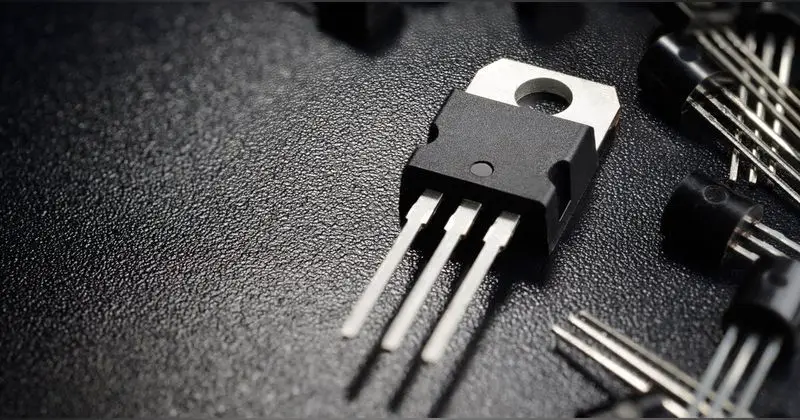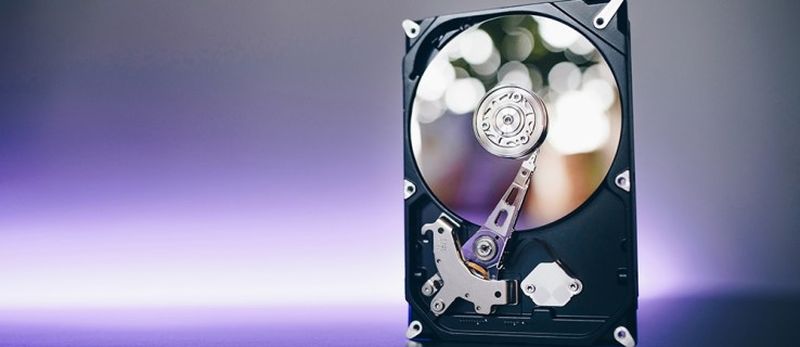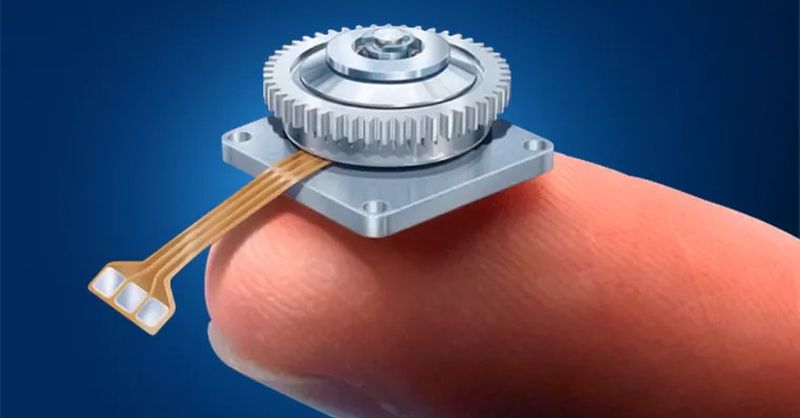Today we are going to review the historical background of 5 technologies that Ukraine and its scientists gifted to humanity.
Ukraine has been the center of attention since Russia’s invasion of the country. Despite decades of Soviet oppression, Ukrainian-born scientists, inventors, and engineers have made significant contributions to many of the products we use and adore today. It’s worth taking a moment to appreciate some of Ukraine’s lesser-known achievements when the country is under threat as a nation.
Transistors
Transistors are essential components of modern computing. To cram ever-increasing processing power into our phones, computers, and other daily gadgets, manufacturers have been able to miniaturize them more and more. The invention of the field-effect transistor is often attributed to three American inventors, but it was Lviv-born Julius Lilienfeld who filed the first patent for it.

Helicopters
The Sikorsky R-4, created by Igor Sikorsky, was the first mass-produced helicopter. It was also used by the US Air Force, Navy, and Coast Guard as well as the UK’s Air Force and Navy.
Since da Vinci’s time, the concept of helicopters has been around. The technology progressed into autogyros, which were highly experimental research models of what would eventually become modern helicopters. It wasn’t until the VS-300 that the patents from 1930 were brought together to create a working aircraft. The R-4, which would go on to become one of the world’s most widely manufactured airliners, was developed as a result of the VS-300. Sikorsky previously created one of the first passenger planes in history, Ilya Muromets.

Hard drives with high capacities
Lubomyr Romankiw was born in Zhovkva, a western Ukrainian city positioned north of Lviv. He fled the Soviet Union at the start of Communist rule and got his degree from the University of Alberta, after which went on to get a masters and doctorate from MIT. After that, he worked for IBM and filed over 65 patents that helped lay the groundwork for modern computing.
Romankiw’s crucial role in the development of hard drives cannot be overstated. He developed a variety of innovations, including the magneto-optical recording process and the magnetic head patent with David Thompson in 1979. This technology improved storage capacity and read-write speeds tenfold when compared to early magnetic storage devices. Romankiw’s techniques were eventually licensed by IBM to Steve Wozniak, who used them to help build Apple’s first personal computer.

Piezo motors
The Igor Sikorsky Kyiv Polytechnic Institute’s Viacheslav Lavrinenko was the first to create a practical piezo motor in 1964. With over 90% efficiency, these motors were able to convert electric energy into mechanical power. This fundamental technology has been widely applied across a wide range of fields, including camera focusing systems, mobile prosthetics, particle accelerators, and computer disk drives. You’ll find a piezo motor on almost every project that requires delicate rotating mechanical action.

Arc welding
In 1803, Vasily Petrov from Kharkiv invented the ability to weld and light using alternating electrical arcs. Almost a century later, Nikolai Benardos of Ukraine brought that idea to reality by patenting what is now a required tool for working with steel.

Later, other Ukrainians would follow in Boris Paton’s footsteps by developing electric welding for soft organic tissue. Arc welding would be taken to space by cosmonauts Valeri Kubasov and Georgi Shonin, who would attempt a number of procedures.





